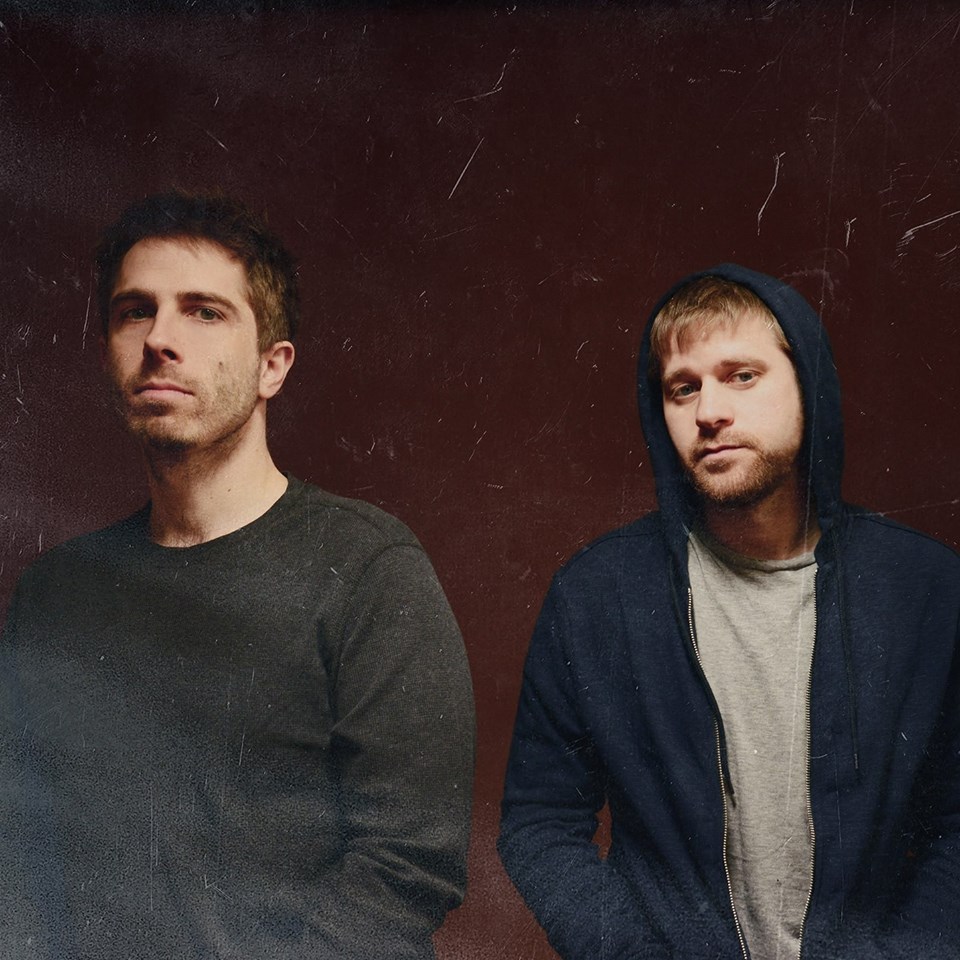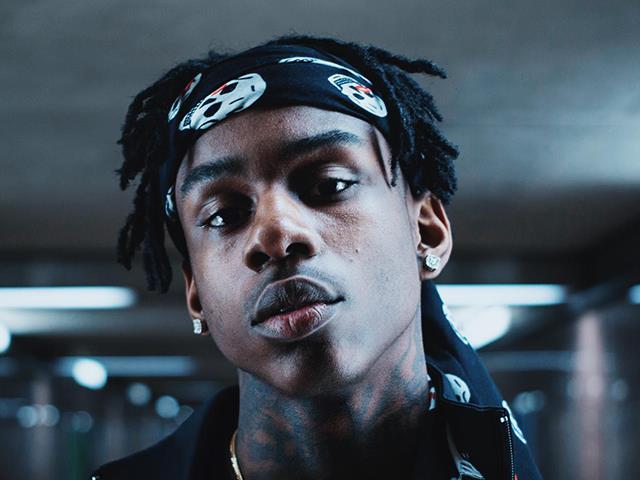Headbanging on the Dancefloor: Is “EDM” an umbrella genre or subgenre?
Each week, CMN’s Kevin Ashley delves into the vast expanse of metal and electronic music, bringing recommendations, reviews, and news. Do not expect to find safe, chart-topping music here. Welcome to Headbanging on the Dance Floor.
This week, I’m going to tackle the question of “Is EDM an umbrella genre or subgenre”? EDM, as many know, stands for “electronic dance music” and is often used to describe the genre of electronic music as a whole, much like “rave music” or “techno” in the past. However, within the last decade, there have been many artists people simply describe as “EDM”. This provokes some thought, and requires a brief examination of electronic music’s history to find the truth.
The use of electronic keyboards in music goes back decades, but did not appear as it’s own separate sound until Kraftwerk, a German band, released their album Autobahn in 1974. From then on, electronic music evolved rapidly, offshooting into industrial, synthpop, italo-disco, et cetera. However, it wasn’t until the techno, house, and electro movements in the mid-to-late 80s that the EDM scene started to take form.
The arrival of the 1990’s, however, is when the scene really took off. Raves in warehouses and clubs across the world saw an explosion of genres. Trance, hard trance, acid trance, goa trance, gabber, hardcore (not to be confused with the two punk subgenres, hardcore and hardcore punk), drum & bass, eurodance, IDM, the list goes on and on. Industrial bloomed into electro-industrial, futurepop, aggrotech, and rhythmic noise. From the 90’s to the mid 2000’s, electronic music was referred to by the general public as “techno”, though this was obviously wrong to anyone who knew anything about the genre. Electronic music had yet to become fully mainstream by this point.
What we would refer to as EDM today, I would say started with the rise of trance and house in the mainstream, during the very early 2000s. Everyone knows Darude’s Sandstorm, or has heard of Daft Punk. If you are an EDM listener, you might recognize the genres of progressive trance, uplifting trance, progressive house, french house, and electro house. These were mainstays at festivals, with names like Tiesto, Deadmau5, Armin van Buuren, David Guetta, etc. In the late 2000’s, dubstep blew up in popularity, only to fade out a few years later, replaced with trap and a myriad of house subgenres.
Now, to answer the question, is EDM an umbrella genre, or subgenre? Personally, I think it’s just an umbrella genre, as any other definitions would just add confusion. It should refer to dance-oriented electronic music as a whole, alongside other tags like metal, jazz, rock, etc. I would not consider EDM it’s own subgenre, since there are already genre tags in use that accurately describe the bands that are typically described as “EDM”. I think the reason people use the tag is simply ignorance, as they might not know what genre is what, or are not genre-heads like me.
Now, what’s your opinion? Is EDM a specific sound, or a big overarching genre?




